![]()
 2006 debris flow deposit in the Eliot Glacier drainage, north flank of Mount Hood, Oregon (Photo by Anne Jefferson)
2006 debris flow deposit in the Eliot Glacier drainage, north flank of Mount Hood, Oregon (Photo by Anne Jefferson)The geo-image bonanza of this month’s Accretionary Wedge gives me a good reason to make good on a promise I made a few months ago. I promised to write about what can happen on the flanks of Pacific Northwest volcanoes when a warm, heavy rainfall hits glacial ice at the end of a long melt season. The image above shows the result…warm heavy rainfall + glaciers + steep mountain flanks + exposed unconsolidated sediments are a recipe for debris flows in the Cascades. Let me tell you the story of this one.
It was the first week of November 2006, and a “pineapple express” (warm, wet air from the tropical Pacific) had moved into the Pacific Northwest. This warm front increased temperatures and brought rain to the Cascades…a lot of rain. In the vicinity of Mt. Hood, there was more than 34 cm in 6 days, and that’s at elevations where we have rain gages. Higher on the mountain, there may even have been more rain…and because it was warm, it was *all* rain. Normally, at this time of year, the high mountain areas would only get snow.
While it was raining, my collaborators and I were sitting in our cozy, dry offices in Corvallis, planning a really cool project to look at the impact of climate change on glacial meltwater contributions to the agriculturally-important Hood River valley. Outside, nature was opting to make our on-next field season a bit more tricky. We planned to install stream gages at the toe of the Eliot and Coe glaciers on the north flank of Mt. Hood, as well as farther downstream where water is diverted for irrigation. But instead of nice, neat, stable stream channels, when we went out to scout field sites the following spring, we were greeted by scenes like the one above.
Because sometime on 6 or 7 November, the mountain flank below Eliot Glacier gave way…triggering a massive debris flow that roared down Eliot Creek, bulking up with sediment along the way and completely obliterating any signs of the pre-existing stream channel. By the time the flow reached the area where the irrigation diversion occur, it had traveled 7 km in length and 1000 m in elevation, and it had finally reached the point where the valley opens up and the slope decreases. So the sediment began to drop out. And debris flows can carry some big stuff, like the picture below… and like the bridge that was washed out, carried downstream 100 m and turned sideways. In this area, the deposit is at least 300 m wide and at least a few meters deep (as you can see where Eliot Creek has incised through it, in the second photo below).
 Eliot Creek, April 2007. This channel is in a completely different location than the pre-debris flow channel of Eliot Creek at this location.
Eliot Creek, April 2007. This channel is in a completely different location than the pre-debris flow channel of Eliot Creek at this location.(photo by Anne Jefferson)
With all the big debris settling out, farther downstream, the Hood River was content to just flood…and flood…and create a new delta where Hood River enters the Columbia River.
Youtube video from dankleinsmith of the Hood River flooding at the Farmers Irrigation Headgates
 West Fork Hood River flood, November 2006 from http://elskablog.wordpress.com/2006/11/. For the same view during normal flows, take a look at my picture from April 2007.
West Fork Hood River flood, November 2006 from http://elskablog.wordpress.com/2006/11/. For the same view during normal flows, take a look at my picture from April 2007. 
Hood River delta created in November 2006 (photo found at http://www.city-data.com/picfilesc/picc30876.php)
It wasn’t just Mt. Hood’s Eliot Glacier drainage that took a beating in this event. Of the 11 drainages on Mt. Hood, seven experienced debris flows, including a rather spectacular one at White River that closed the main access to a popular ski resort. And every major volcano from Mt. Jefferson to Mt. Rainier experienced debris flows, with repercussions ranging from downstream turbidity affecting the water supply for the city of Salem to the destruction of popular trails, roads, and campgrounds in Mt. Rainier National Park (pdf, but very cool photos).
In the end, our project on climate change and glacial meltwater was funded, we managed to collect some neat data in the Eliot and Coe watersheds in the summer of 2007, and the resulting paper is wending its way through review. The November 2006 debris flows triggered at least two MS thesis projects and some serious public attention to debris flow hazards in the Pacific Northwest. They also gave me some really cool pictures.


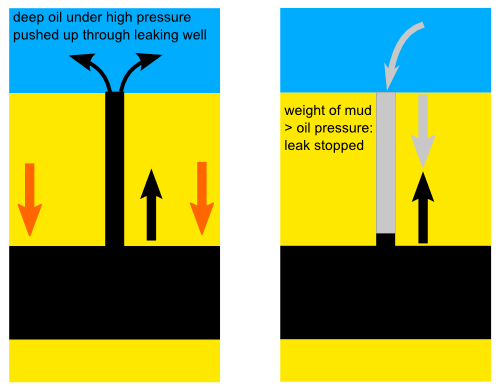
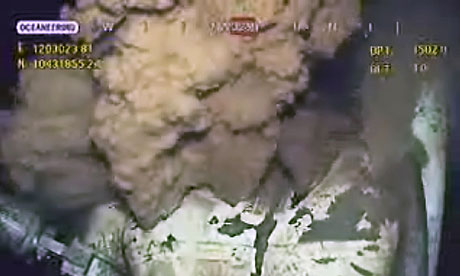
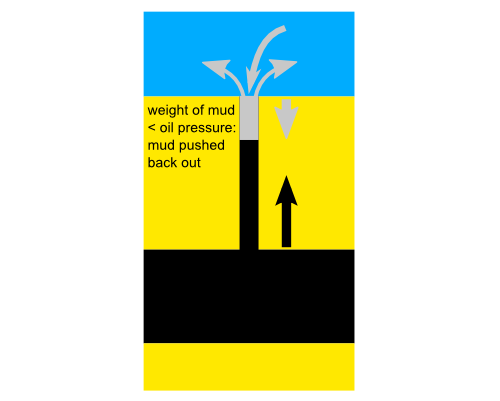
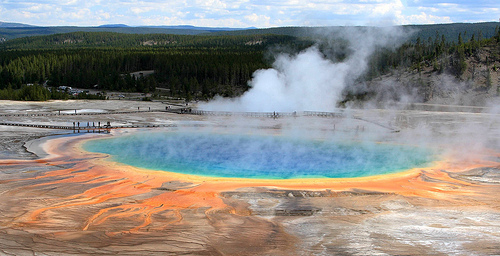

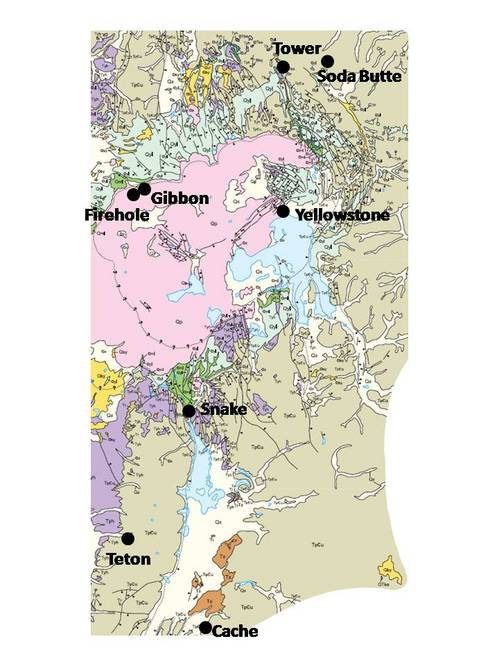












Nice plan for content warnings on Mastodon and the Fediverse. Now you need a Mastodon/Fediverse button on this blog.